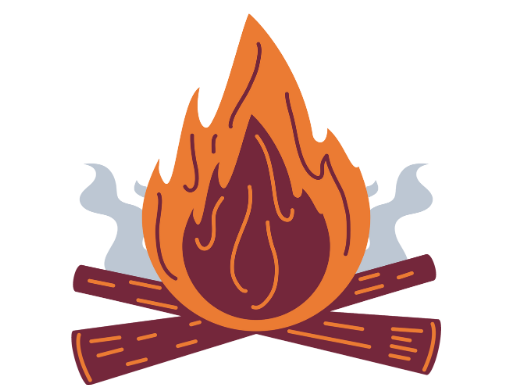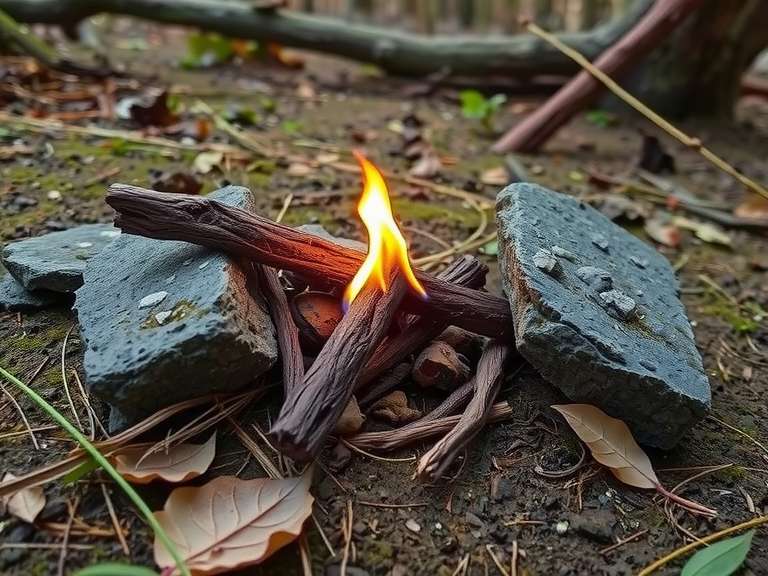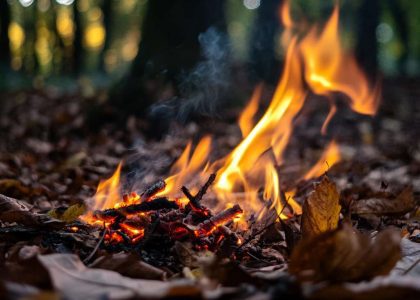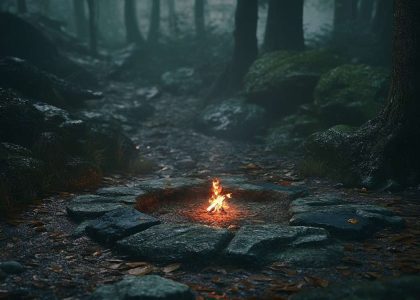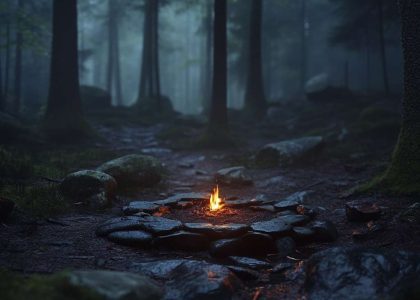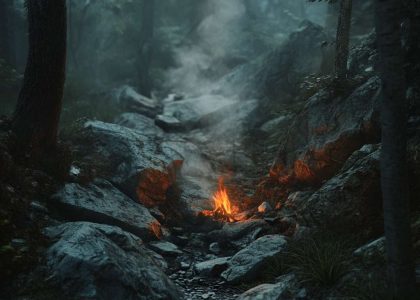Are you ready to elevate your outdoor experience by mastering the art of fire-starting? 🔥 Whether you’re planning a cozy campfire with friends, grilling a delicious meal, or simply enjoying a warm night under the stars, knowing how to effectively start a fire is an essential skill. In this guide, we’ll break down the materials, techniques, and safety precautions every beginner should know to ensure a safe and enjoyable fire-starting experience.
From selecting the right tinder and kindling to understanding the importance of airflow, we’ll cover everything you need to create a roaring fire with confidence. Get ready to learn about natural fire starters that simplify ignition, essential fire-starting techniques, and crucial safety measures that will keep your outdoor adventures worry-free. Let’s spark that fire together!
What Materials Do You Need to Start a Fire?
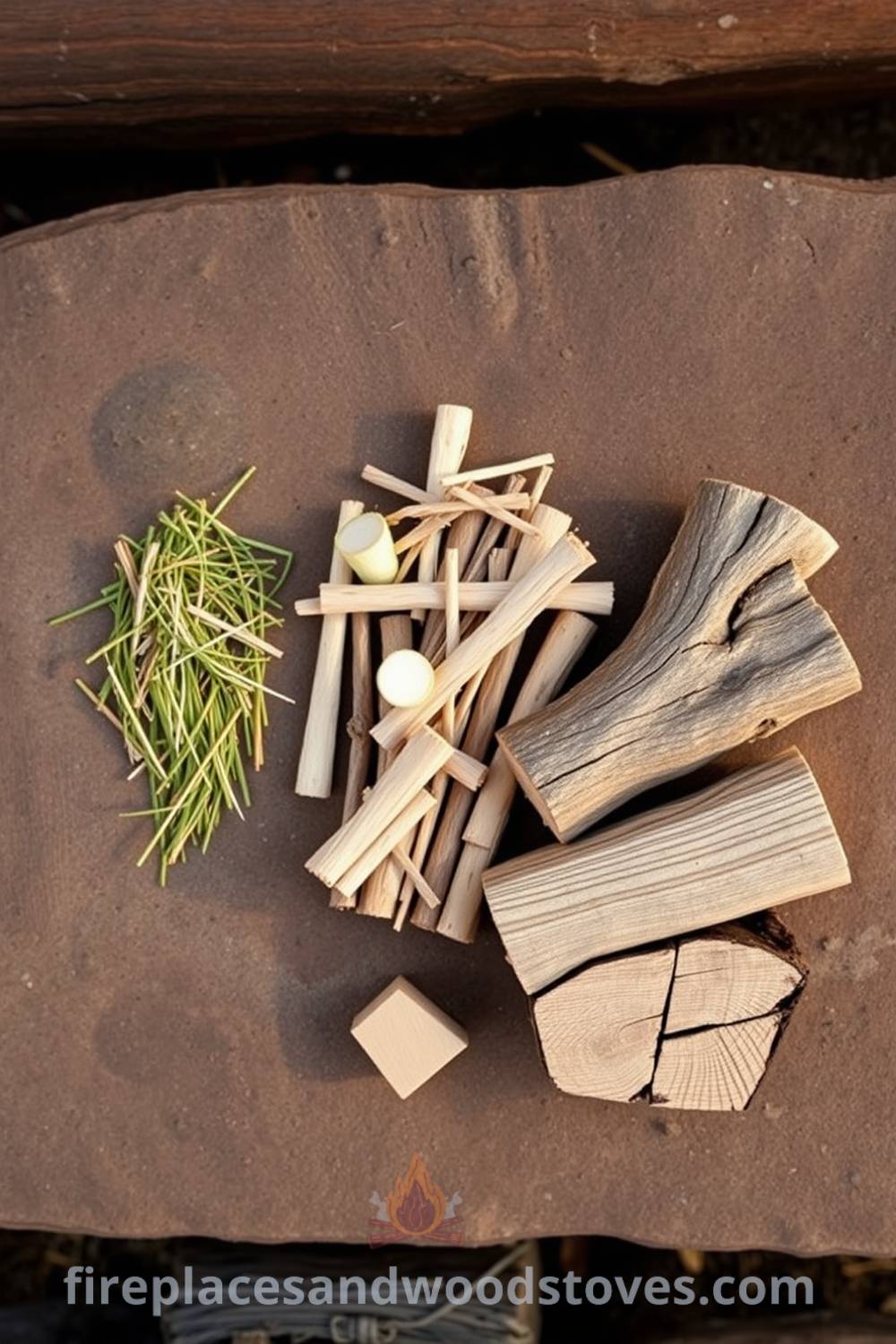
Successfully starting a fire requires understanding the roles of tinder, kindling, and fuel wood. Here’s a breakdown of these essential materials:
- Tinder: This fine, easily ignitable material is crucial for catching a spark or flame quickly. Ideal tinder includes dry leaves, grass, wood shavings, and pine needles. For enhanced reliability, consider using natural fire starters like wax-infused cubes and pine rolls, which can burn consistently for 8–10 minutes, making them suitable for various conditions.
- Kindling: Slightly larger than tinder, kindling consists of small sticks and twigs that catch fire from the burning tinder, allowing the fire to grow. Effective kindling materials include small branches and dried grass bundles. Dried pinecones can also work well.
- Fuel Wood: This is the main wood used to sustain the fire once it’s established. Fuel wood typically consists of larger pieces of wood, such as logs, that provide prolonged heat. Hardwoods like oak, hickory, and birch are preferred for their slow-burning properties.
Incorporating natural fire starters can simplify the fire-starting process, especially in challenging conditions. Their consistent burn time and ease of ignition make them a valuable addition to any fire-starting kit. Additionally, consider your environment when selecting materials. Using dry woods and avoiding damp materials can drastically affect your success.
How Do Natural Fire Starters Simplify Fire Ignition?
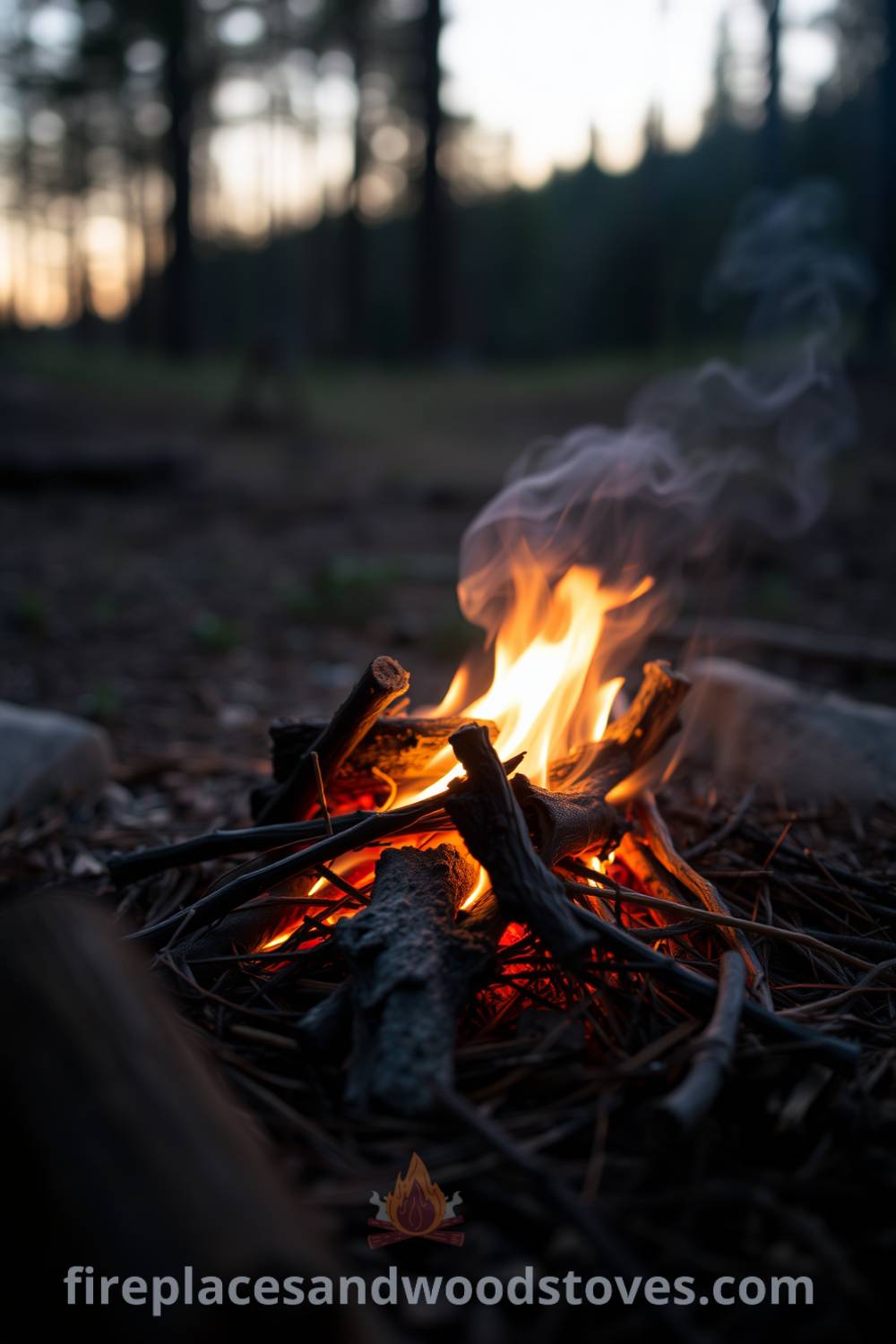
Natural fire starters are a game-changer for anyone looking to ignite a fire quickly and effortlessly. Here’s how they simplify the process:
- Instant Ignition: These starters ignite rapidly, making them ideal for those who want to get a fire going without delay, especially useful after rain or in humid conditions.
- Weatherproof Reliability: The wax coating provides waterproof properties, ensuring that these starters remain effective even in wet or windy environments. This reliability makes them a dependable choice for outdoor activities.
- Sustained Heat Source: With a burn time of 8–10 minutes, these starters offer a consistent flame, crucial for igniting larger pieces of wood or maintaining a steady fire.
- Versatile Applications: Suitable for grilling, campfires, fireplaces, and fire pits, these starters adapt seamlessly to various settings, providing a hassle-free fire-starting experience.
*As an Amazon Associate I earn from qualifying purchases
What Techniques Should Beginners Use to Start a Fire?

For those new to fire-starting, mastering a few fundamental techniques can make all the difference. Here are some effective methods to ensure a strong and lasting flame:
- Teepee Method: Arrange kindling in a conical shape over a base of tinder. This setup encourages efficient ignition and produces tall flames quickly, ideal for warmth and illumination while allowing air to flow freely.
- Log Cabin Method: Stack firewood in a square or rectangular formation, creating a stable base for sustained burning, perfect for longer-lasting fires, offering consistent heat for cooking or extended warmth.
- Star Stack Method: This method involves placing one piece of wood vertically and laying others around it in a star formation. It encourages immense airflow and is particularly effective in windy conditions.
By employing these techniques, beginners can confidently start a fire in various settings. For enhanced fire-starting efficiency, let’s look at a comparison between the three primary fire-starting methods:
| Method | Airflow Efficiency | Time to Ignite | Best Usage Context |
|---|---|---|---|
| Teepee | Excellent | Fast | Small fires, quick heating |
| Log Cabin | Good | Moderate | Sustained warmth, cooking |
| Star Stack | Very Good | Moderate | Windy conditions |
Common Beginner Mistakes
- Not checking the wind direction before starting a fire.
- Using wet or unseasoned wood that hinders ignition.
- Neglecting airflow when stacking wood.
- Forgetting to maintain the fire or allowing it to become overgrown.
How to Arrange Wood for Optimal Airflow?

Proper wood arrangement is crucial for maintaining a healthy fire, as it promotes optimal airflow and efficient combustion. Here are some effective techniques to ensure your fire burns brightly:
- Top-Down Method: Place larger logs at the bottom and layer kindling and tinder on top. This allows the fire to burn downwards, enhancing airflow and reducing smoke.
- Crisscross Stacking: Arrange logs in alternating layers, creating a lattice structure that maximizes air circulation between the logs, ensuring even combustion.
- Bundle Method: Gather kindling into a bundle, tied together with twine. This design allows for easy ignition and retains enough space for proper airflow.
Correct wood arrangement enhances the effectiveness of any fire-starting technique. Maintain a robust airflow to achieve a robust and enduring fire. For practical understanding, let’s compare airflow and burn characteristics:
| Stacking Method | Airflow Level | Smoke Production | Burn Efficiency |
|---|---|---|---|
| Top-Down | High | Low | Very Efficient |
| Crisscross | Moderate | Moderate | Efficient |
| Bundle | High | Reduced | Efficient |
What Safety Precautions Should Beginners Follow When Starting a Fire?
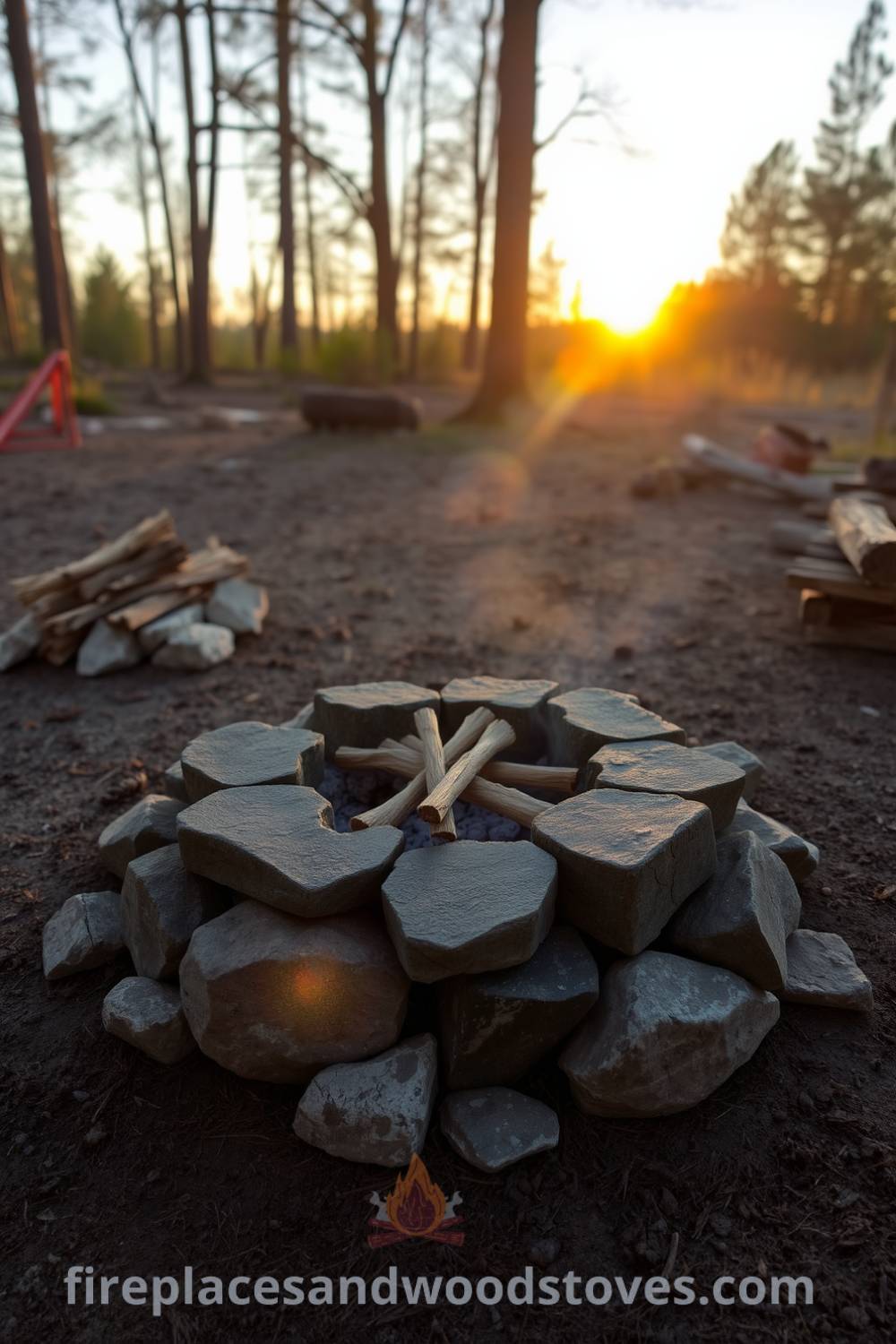
Starting a fire safely is crucial, especially for beginners. Here are essential safety measures to ensure a secure and enjoyable experience:
- Choose a Safe Location: Select an open area free from dry leaves, twigs, and other flammable materials. Ensure the site is at least 15 feet away from tents, trees, and structures.
- Check Local Regulations: Verify local regulations regarding open fires, especially during dry seasons.
- Prepare the Fire Pit: Dig a small pit and surround it with rocks. This method helps manage the fire’s growth and keeps it under control.
- Use Natural Fire Starters: These are non-toxic and produce minimal smoke, making them a safer choice.
- Ignite with Care: Ensure you have a steady hand, especially when igniting near kindling.
- Monitor the Fire: Never leave a fire unattended. Always keep an eye on it, especially in wooded areas.
- Store Fire Starters Safely: Keep them separated from heat sources to prevent accidental ignition.
- Be Aware of the Environment: Remember that natural fire starters significantly reduce environmental impact compared to artificial products.
🎒 Essential Tools for Reliable Ignition

When embarking on your fire-starting journey, it’s helpful to have a set of reliable tools at your disposal. Here’s a concise checklist of recommended tools and materials for effective fire-starting:
- ✅ A variety of tinder: dry grass, wood shavings, or commercial starters.
- ✅ Portable fire starter: matches, lighters, or fire steel for reliable ignition.
- ✅ Kindling: small sticks or natural fire starters.
- ✅ Fuel wood: a mix of softwood and hardwood logs.
- ✅ A saw or hatchet: for cutting your own kindling or fuel.
- ✅ Protective gloves: to prevent burns when handling hot wood.
